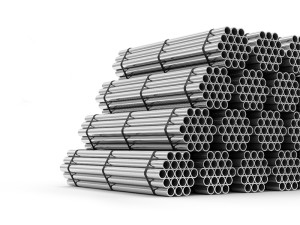While all types of air compressors are designed to deliver pressurized air, there are different methods by which these systems operate. When there is a need for continuous high volume requirements for highly pressurized air, a rotary screw compressor is often the best choice.
Applications
A rotary screw compressor is commonly found in automotive shops, fabrication shops, and machining services. They are used to supply compressed air to operate impact tools, jackhammers, and automated types of instruments or systems on assembly lines.
They can be designed to be situated in a central location, with air lines running to the various tools and components that are operated by the pressurized air. They can also be combined with diesel or gas motors and mounted on trailers, carts or vehicles for portable air compressor systems. They are rugged, durable and can be used both indoors and out in high heat and cold temperatures.
Operation Basics
There are both dry-running and oil-flooded systems. Both use two large helical screws that are designed to perfectly align down the length of the rotors. As the two helical screws turn and mesh, the air is compressed and forced out the end of the system, with air continually pulled in through the inlet valve into the rotor chamber.
Precision machining of the rotors and exacting design is required to keep efficiency high in a rotary screw compressor. It is also necessary to ensure perfect meshing of the rotors during the high operating speeds. Oil-flooded systems offer the benefit of the oil, adding to the seal between the rotors, which makes these systems more commonly used as portable types of systems.
These systems, with their precision design, produce very limited noise and vibration during operation. They are generally low maintenance types of systems and, with proper maintenance as required, they have a long duty life.


